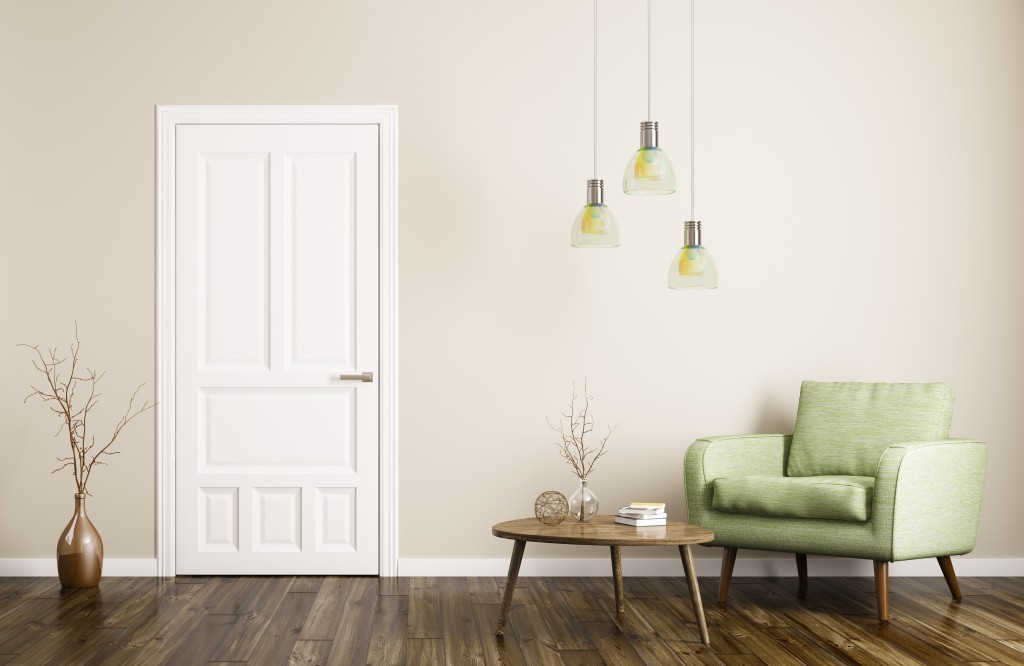Melbourne is buzzing with life, thanks to its ever-increasing population. According to the Australian Bureau of Statistics, its number of residents jumped by 2.3%, beating Brisbane and Sydney.
Considering the hefty price tag of Australian homes, though, many new movers start as tenants. This may be your case.
Living in an apartment or somebody else’s home can give you more predictable expenses each month. You also have more freedom on where you want to live. However, it also means you need to follow landlord rules.
And when it comes to interior design, not everyone is a fan of hammering and nailing something on walls. How do you then work your way around this? Here are the x best tips for you:
1. Take Advantage of Glues
When you’re living in a compact space, the next best thing to do is to go up—that is, place your items on the wall shelves. Fortunately, these days, you have options so that you can skip using nails.
You can already buy liquid nails and wood glue. Many are already high strength that you can already mount different shelving materials. These include plywood sheets.
These materials are durable since they are often comprised of several layers. However, they are also light. They can also work on a lot of interior design themes that can range from beachside to natural.
When you need to move out, you can heat the glue to loosen it. You can then remove the residue with an oil-based product. In other words, this technique hardly harms the landlord’s precious walls.
2. Use Adhesive Strips or Hooks
Wall shelving allows you to decorate your home with heavier objects like figurines or small sculptures and books. However, if you have more artwork like paintings or hang little objects like keys, use adhesive strips and hooks instead.
These hooks come in various designs, so you can choose those that match your apartment theme. They’re also an excellent way to hide imperfections like small holes or stains. Strips, meanwhile, provides more stability to your paintings since they are attached directly to the walls.
When choosing your adhesive strips, note that they come in different strengths. Some may hold key holders or lanyards only, so they’re not ideal for frames. The famous adhesive brand 3M offers a guide to help you pick.
3. Add Plants

How can you add some color to your space without ever touching the wall? The answer is plants. Even better, studies show that introducing these into your space offers plenty of health benefits.
One, plants can help reduce your stress levels. Green has always been one of the most relaxing colors in the world. Meanwhile, one theory suggests that humans do have an instinct to commune with nature, and having plants helps an individual achieve that.
Plants may also help boost your focus and concentration. They can increase oxygen levels in the space, and they promote attention restoration.
You can incorporate plants in so many ways:
- Place them in containers or decorative planters.
- Hang eucalyptus or lavender on your showerhead. Turning on the heater will help release their essential oils for a more relaxing bath.
- Add small plants like cacti on the desks.
- Grow herbs on your windowsill.
- When you don’t want to care for a lot of plants, buy dried flowers. They are still real plants, but they can last for two to three years because they are preserved.
- Using a wooden pallet, create a vertical garden on your balcony, living room, or area that receives sufficient sunlight.
4. Make the Most of What You Have
Some of your possessions may already help liven up your space without having to hammer a nail into the wall. For instance, you can lean heavy objects directly on the wall. These can include mirrors and canvases or picture frames.
Do you have an extensive collection of books? You can stack them neatly near the wall or use them to adorn your windowsills, coffee tables, and desks. They can also serve as “desks” to hold smaller containers like a key tray or a vase.
Artworks can also be multifunctional. Consider investing in quirky seats or bedframes. Buy colorful kitchenware, such as plates, appliances, and mugs. Cover your refrigerator with chalk paint to create your apartment’s “command center.”
It can be challenging to decorate a space with plenty of restrictions, but it is achievable with these tips. It encourages you to think outside the box and express yourself most creatively.

